When you search for anything on Google, you can click the Images tab at the top of the SERPs to see just the images for your search query. I’ll use an image of me that you’ve probably seen before. Before I go on and explain all the link-related benefits of reverse image search, I want to show you a few other ways to use the search. Sure enough, I found an unclaimed link on this page: They technically credited me, but they didn’t give a direct link to the image. Someone may find your images on those sites and credit those sites instead of yours. Instead, RenegadeWord.com linked to this Visual.ly page where the infographic was shared. Using reverse image search, you can find these mistakes and get more backlinks to your site. So it’s not worth my time to try to get a backlink from that site. When you’re searching for sites that are using your images, you’ll probably run into many sites like this. This one shared on Infographicdesignteam.com is a good example: The article credits this infographic to Social Media Today, and there is indeed a backlink to that site.

I always love finding new and interesting ways to help with old problems.
It’s amazing that you can use Facebook Messenger bots to get higher open rates and leverage Instagram to get more sales.
Most of the time, these innovative solutions are extremely effective because not a lot of people are using them.
They help you look at something from a new perspective so you don’t get too stuck.
This particular strategy is odd, but it works really well.
The idea: Using Google’s reverse image search to get more backlinks.
One big reason I love this is that there will never be enough methods of getting backlinks.
Backlinks are the currency of SEO.
You can almost always use more, and your ultimate goal is to have a fortune ln links.
It’s always good to find new ways to get fresh backlinks.
If you’re after that, you’re going to love this.
This is somewhat of an underground SEO tactic.
It’s completely white hat, so search engines will be okay with it, but it’s not very popular among marketers.
I’m bringing it into the spotlight so you can use it for yourself.
One of the reasons I’m introducing this method is because of its first-mover advantage (FMA) strategy.
Not a lot of people are using it.
So if you start using it now, you’ll be able to gain the upper hand.
If you’re not familiar with reverse image search, I’ll go over it in detail.
Then I‘ll show you how you can use it to generate way more backlinks.
What is reverse image search?
You’re probably familiar with regular old Google image search.
When you search for anything on Google, you can click the Images tab at the top of the SERPs to see just the images for your search query.
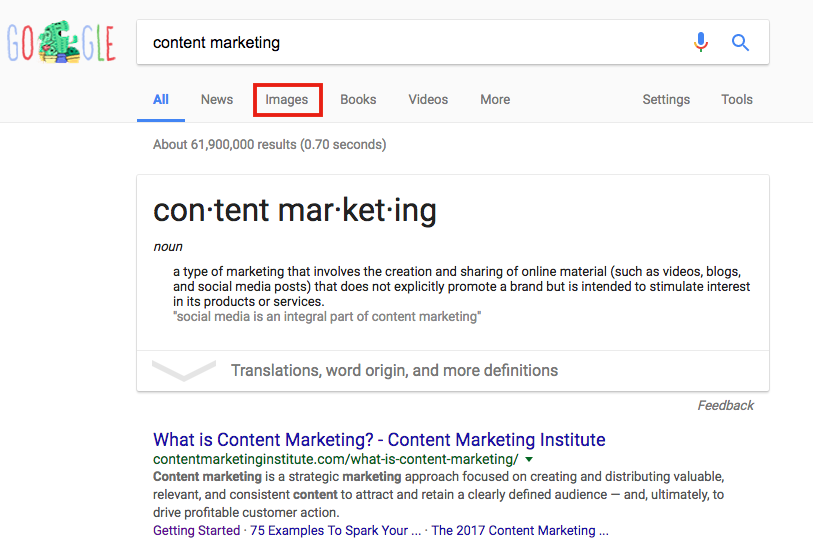

That process consists of entering a search query and looking for an image that has to do with the query.
Reverse image search flips that process on its head.
Instead of searching using a word or phrase, you search with an image.

It sounds strange, doesn’t it? How the heck do you search with an image?
It’s surprisingly straightforward. I’ll show you how to do it.
First, go to images.google.com and hover over the camera icon on the search bar. It should say “Search by Image.”
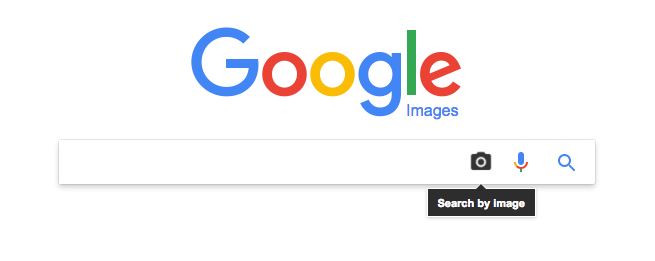
Click on that, and a new window will pop up. You can paste an image’s URL or upload an image from here.

I’ll use an image of me that you’ve probably seen before. In fact, it’s on the right side of this page!

Once you have your image linked or uploaded, click “Search by Image.”
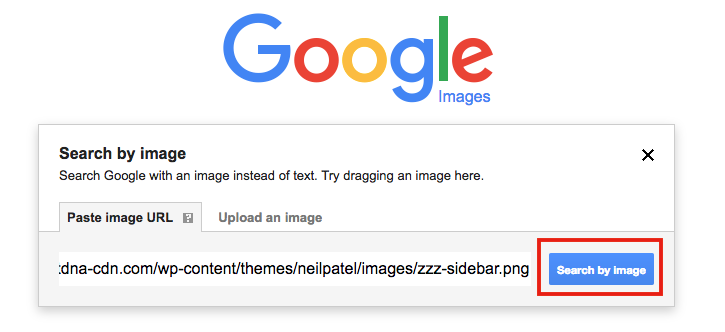
Google will tell you everything it knows about the image. That usually includes:
- File type
- Image size
- Other sizes of the same image
- Pages the image appears on
- Related images
- Pages with matching images

It’s a comprehensive list.
For the best results, click on “All sizes” next to the image at the top of the page.
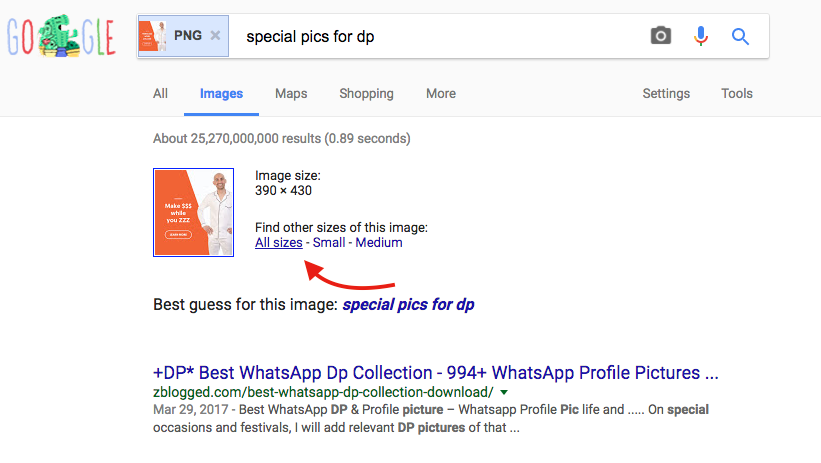
This will show you all possible results for your image, no matter how big or small it is.

That’s a brief overview of how reverse image search works.
Before I go on and explain all the link-related benefits of reverse image search, I want to show you a few other ways to use the search.
One of the easiest ways to use the reverse image search is with image links.
To get any image’s direct link, right-click on it and choose “Copy Image Address.” (It might have a slightly different name depending on the browser you use. I’m using Chrome.)
If you use Google Chrome or Mozilla Firefox 4+, there are a couple of additional ways to search.
You can drag an image right into the search bar on images.google.com.
You can also right-click on any image and select the “Search Google for Image” option.
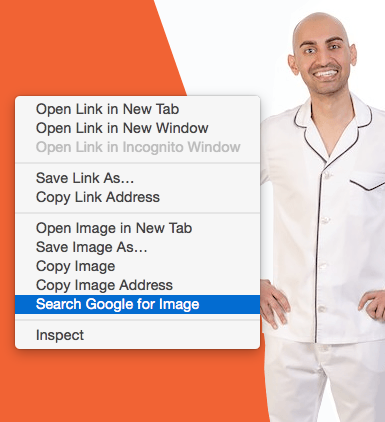
You can use a similar process to search with images using the Chrome app on your mobile device.
Find the image you want to use and touch it to open a larger version of the image.
Then press and hold the image to bring up a menu. Choose “Search Google for this image.”
So that’s how to use the reverse image search function. Now let’s talk about using it to get more backlinks.
Find unclaimed backlinks

If you’ve ever created any kind of image, you can use this strategy.
There’s a good chance that someone out there is using your images and not crediting you.
Most of the time, people aren’t trying to steal your media.
It can be tough to find the original source of an image, especially if you don’t have a lot of time to dig through page after page.
So most people end up using images without any attribution like this site does.
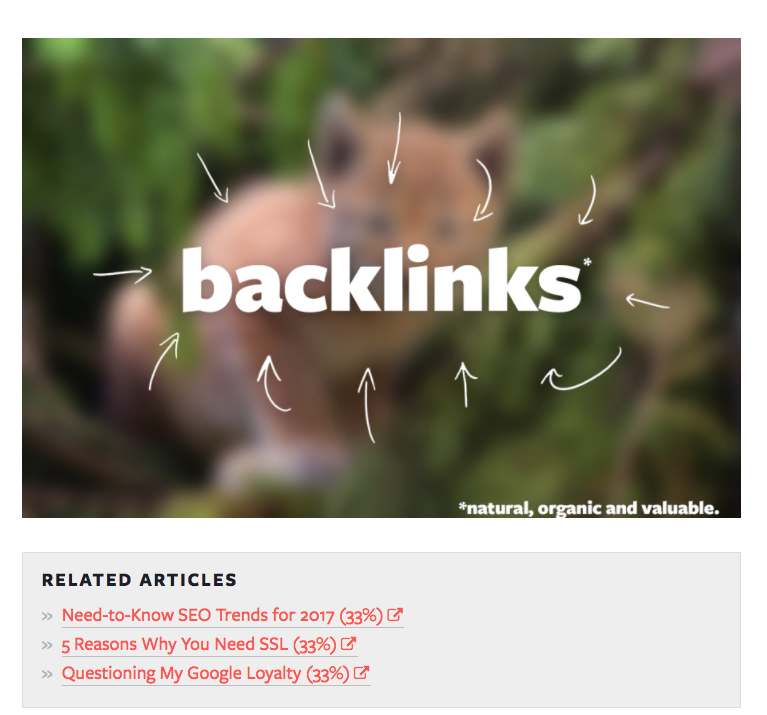
You can use reverse image search to find out if your images appear on any other sites and claim your rightful backlinks.
To start, I recommend going to your most visited pages (you can see this in Google Analytics).
If you have any original images that use any data or facts, start with those. Infographics, graphs, and charts all fall into this category.

I’ve found that these types of images are more likely to be shared than any other.
You can also use pictures of yourself if you’ve built up authority in your niche.
I’ll go ahead and use that picture of me in pajamas from earlier.
Since I’m using Google Chrome, I’ll just right click and choose the “Search Google for Image” option for the sake of convenience.
I’m immediately whisked away to Google, where I can see all of the relevant image information:
The link results (the ones that look like regular Google search results) are the ones you should focus on. These are all the sites where your image appears.
After looking through the results, an unfamiliar link caught my eye:
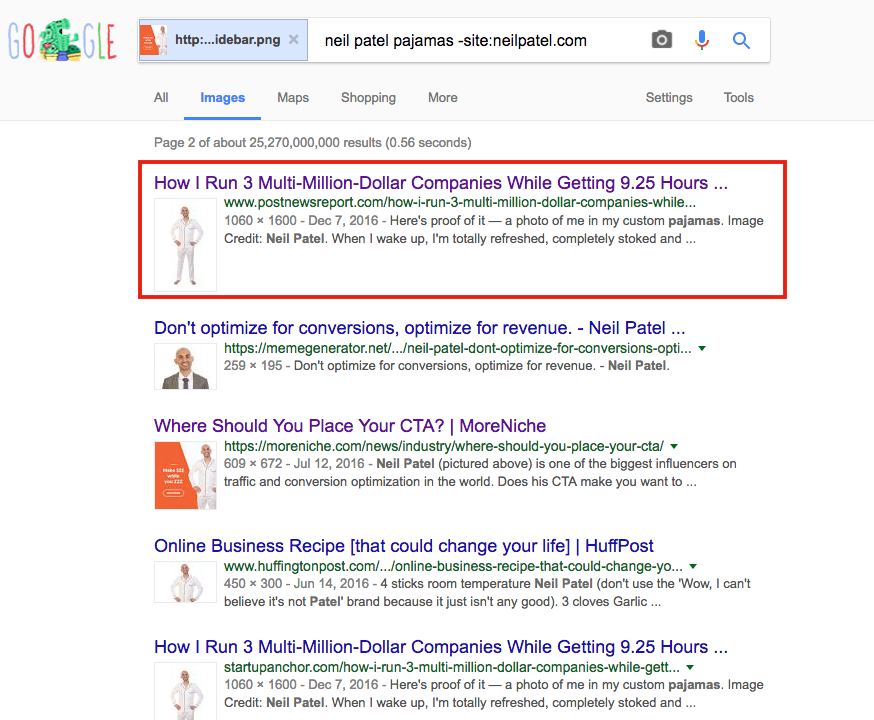
I’m usually good about remembering which sites I’ve been featured on, and I didn’t recognize this one.
Sure enough, I found an unclaimed link on this page:
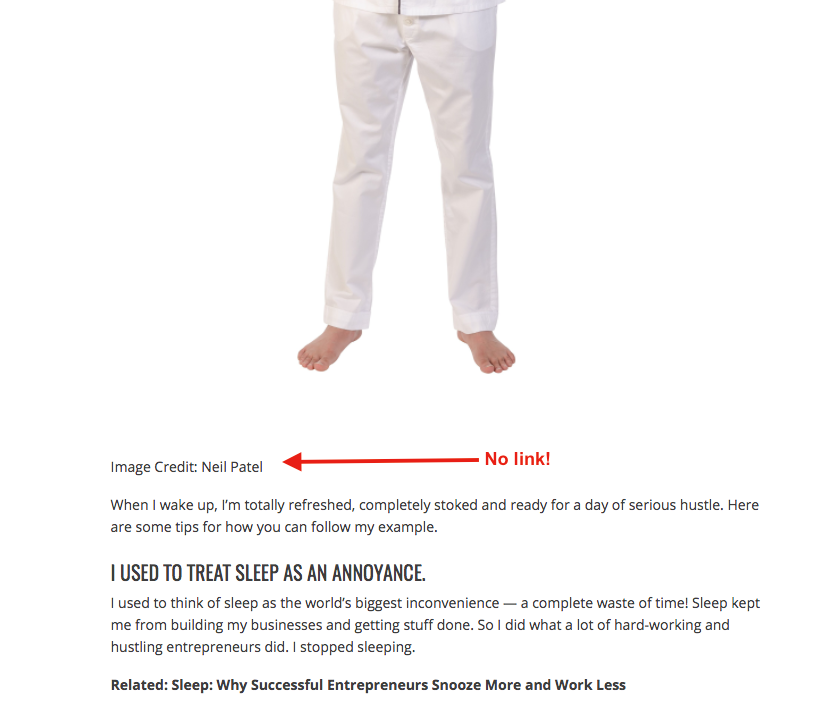
They technically credited me, but they didn’t give a direct link to…
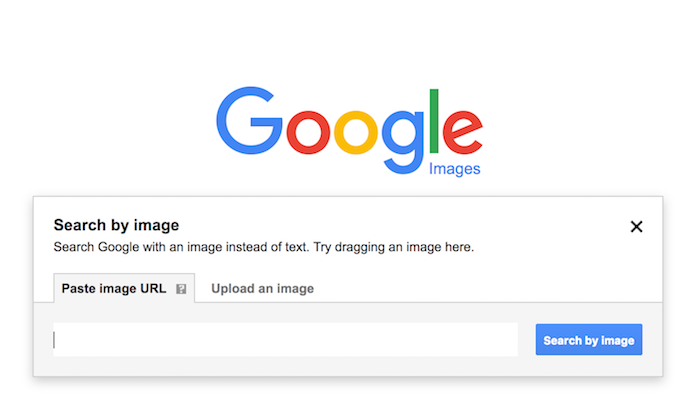
COMMENTS